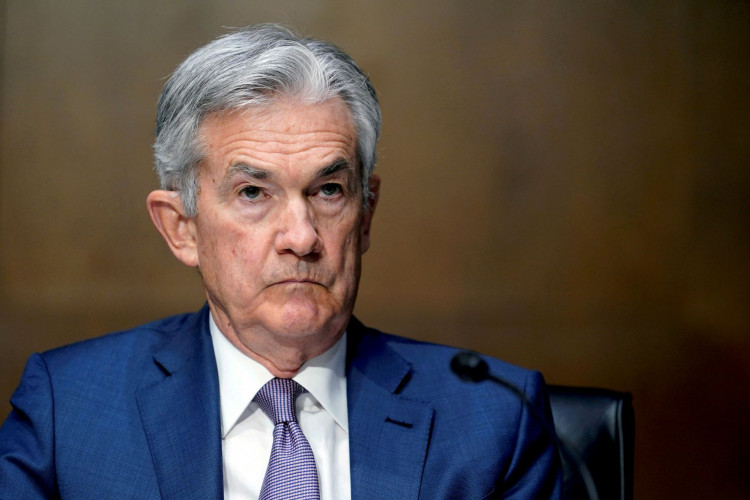U.S. consumer price increases cooled slightly in April, offering a glimmer of relief amid persistent inflationary pressures. The Consumer Price Index (CPI) rose 0.3% over the previous month and 3.4% year-over-year, according to the Bureau of Labor Statistics. This marks a deceleration from March's 0.4% monthly increase and 3.5% annual gain.
The April figures came in below economist forecasts of a 0.4% monthly uptick, but matched expectations for the annual rise, based on Bloomberg data. On a "core" basis, which excludes volatile food and energy prices, the CPI rose 0.3% month-over-month and 3.6% year-over-year, aligning with forecasts and marking a slight cooling from March's data.
"The lack of a nasty surprise this time around is welcomed," said Bankrate senior economist Mark Hamrick. However, he cautioned that with headline inflation at 3.4% and core inflation at 3.6%, these levels remain "irritatingly high." This sentiment underscores the ongoing challenge for the Federal Reserve as it navigates a complex economic landscape.
Following the data release, market reactions were positive. The 10-year Treasury yield fell about 6 basis points to trade around 4.38%, and futures traders adjusted their expectations, now anticipating two 25 basis point rate cuts this year, down from the six cuts expected earlier in the year.
The shelter index, a significant component of the CPI, rose 5.5% on an annual basis and 0.4% month-over-month, continuing to exert upward pressure on core inflation. Rent and owners' equivalent rent, which represents the hypothetical rent homeowners would pay, each increased 0.4% month-over-month. These figures highlight the ongoing impact of housing costs on overall inflation.
Energy prices also continued to rise, driven by higher gasoline prices. The energy index climbed 1.1% in April, matching March's increase, and rose 2.6% year-over-year. Gasoline prices alone jumped 2.8% from March to April, after a 1.7% increase the previous month.
Food prices showed a mixed picture, with the overall food index rising 2.2% year-over-year. However, food prices remained flat from March to April, with food at home decreasing 0.2% and food away from home rising 0.3%.
Other notable increases included motor vehicle insurance, medical care, apparel, and personal care. Motor vehicle insurance, which had jumped 2.6% in March, climbed another 1.8% in April. In contrast, used cars and trucks, household furnishings, and new vehicles saw price decreases.
Retail sales data released alongside the inflation report showed no change in April, compared to an expected 0.4% increase. This suggests that consumers are still feeling the pinch of higher prices, despite the slight easing in inflation.
"The excitement is a little overdone. This is not Caitlin Clark. She's exciting, this is not exciting," said Dan North, senior economist at Allianz Trade North America, emphasizing that while the inflation data was better than expected, it was not a significant breakthrough.
The Federal Reserve, which has held its benchmark overnight lending rate in the range of 5.25% to 5.5% since July 2023, faces a dilemma. While there is pressure to cut rates, the persistent inflation figures suggest a cautious approach. Fed Chair Jerome Powell recently acknowledged that inflation readings earlier in 2024 were higher than expected and indicated that the Fed might need to maintain its current policy stance longer than previously thought.
"We think it's September at the earliest that they're going to cut," said North. "Their mind seems to be that, 'we're not in any hurry to cut rates. Inflation is not near 2%, the economy is OK, we're not doing anything for months.'"
The Fed's challenge is compounded by the need to balance inflation control with economic stability. While policymakers had hoped inflation would ease as supply chain issues from the pandemic resolved, strong demand fueled by fiscal and monetary policy stimulus has kept price pressures elevated.






